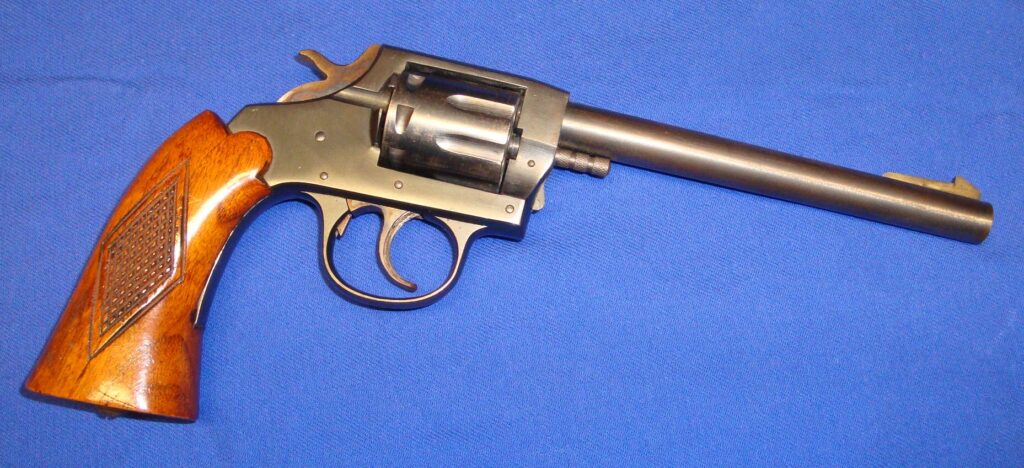

Industrial employment doubled, infused with students, minorities, and especially women. When the war started, Rochester mobilized. Raising of the flag atop Mount Suribachi on Iwo Jima. By war’s end, Rochester companies had received about $1.2 billion in military orders. Marines raising the flag atop Mount Suribachi on Iwo Jima was made in Rochester. The Folmer-Graflex camera Joe Rosenthal used to snap the picture of the U.S. Rochester is home to companies like Eastman-Kodak and Bausch + Lomb, and by some estimates manufactured as much as 75 percent of the optical equipment used by the U.S. Among these were New Haven Clock Company, National Lock Company, and Trimble Nurseryland Furniture Company, located about 6.5 miles away from National Postal in Rochester, that made baby furniture. National Postal Meter’s carbines were made with parts mostly manufactured by other companies. Baby Furniture Maker, Other Companies Called On They included jukebox manufacturer Rock-Ola, typewriter company Underwood, business equipment maker IBM, and a postage equipment producer. Winchester, heavily involved in the carbine’s design, and Inland Manufacturing, a division of General Motors, were given the initial contracts to produce the guns but were unable to meet the suddenly increased demand.Ĭompanies with no gun-making experience were called upon for production. Inland Manufacturing, Winchester Can’t Meet Demand

The War Munitions Program drafted in February, 1942 made the need for carbines far more urgent.

That changed when the United States entered World War II. The carbine’s design wasn’t adopted until October, 1941, when the early requirement was for 886,698 M1 carbines. Fourteen of his patents were used in the gun's design.ĭavid Marshall "Carbine" Williams (in the cowboy hat), who was instrumental in the invention of the M1 carbine, and Gen. The gun’s design was in part created by David Marshall “Carbine” Williams when he was an inmate in a North Carolina prison serving a murder sentence. The search for a carbine - with a requirement that the gun weigh less than five pounds - began in June, 1940, just 18 months before the attack on Pearl Harbor. The call went out for a light rifle in 1938. Army hadn’t had a carbine in use in 44 years. The United States military had the semi-automatic M1 Garand rifle but there was a realization that something between a rifle and pistol was needed. National Postal Meter Company is part of Lot 4601 in the Feb. The company was one of 10 contractors who made the M1 Carbine.Īn M1 Carbine made by U.S. National Postal Meter company didn’t have the equipment, factory, or workers to produce a light, short-barrel rifle when it was awarded a contract, but it managed to produce 413,017 M1 carbines from 1942 to 1944.Ī U.S. A company in Rochester, N.Y., that made metered mailing machines, postal scales, and letter-handling equipment, was one of them. military needed more than 1 million carbines by the end of 1943.Ĭompanies that didn’t make weapons started making them. There was a need for everything – especially weapons.
MAIL CALL M1 GARAND SERIAL NUMBERS
These are often refered to the WIN-13 Rifles and range in serial numbers from 1,600,000-1,640,000 which were produced from Mid-January to June 30th.In 1942, as the shock of Pearl Harbor wore off, the war effort in the United States ramped up.

Below are the assigned serial numbers for each company. It is important to note that these serial numbers for each company intermix as the need for production increased. Other companies including Rock Island Arsenal, International Harvester, and Harrington and Richardson also produced M1s but we do not have the breakdown for these firearms. Note whether the arm was produced by Springfield Armory or Winchester Repeating Arms Company before looking at serial numbers.
MAIL CALL M1 GARAND SERIAL NUMBER
The serial number listed is the last one produced in the month all given serial numbers are approximate. Below is a list of serial numbers for the M1 Garand noting the year and month it was produced.


 0 kommentar(er)
0 kommentar(er)
